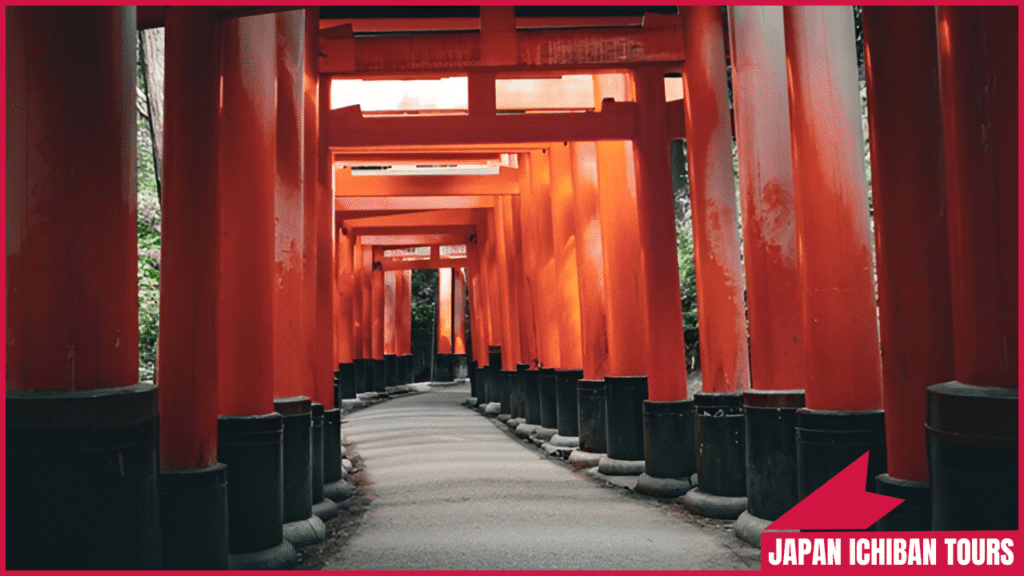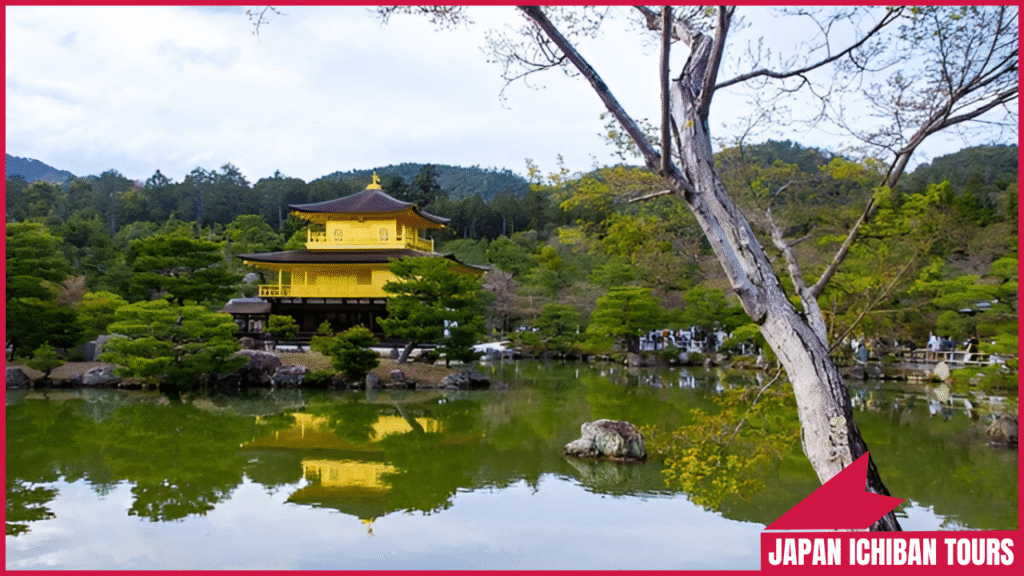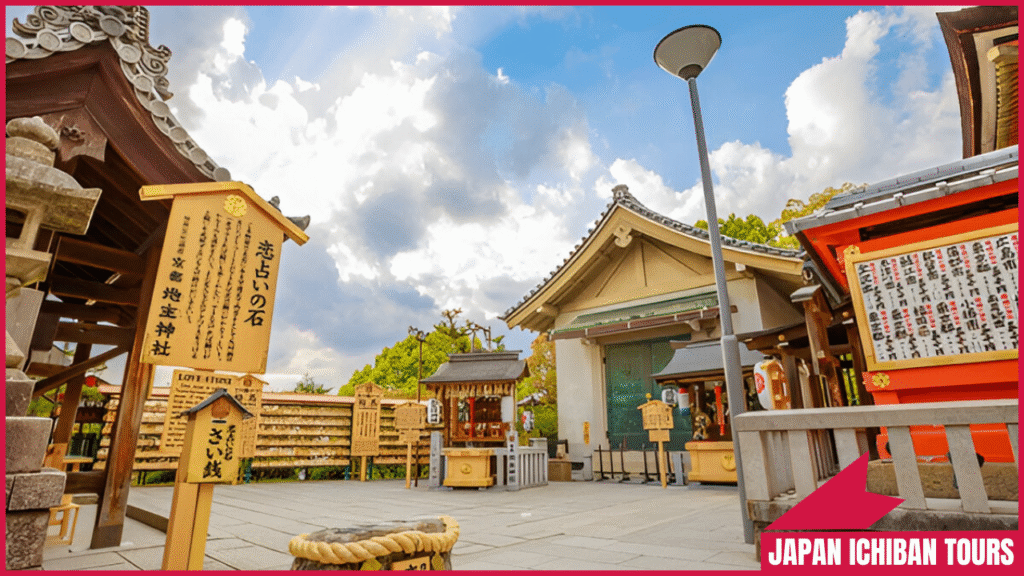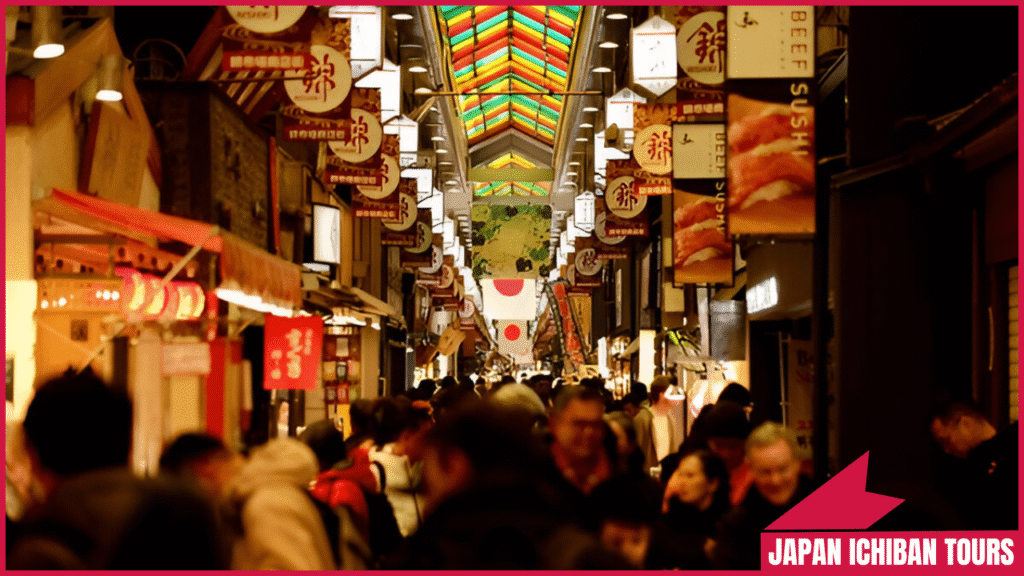
Kyoto, Japan’s cultural capital, is a treasure trove of historic temples, serene landscapes, and vibrant traditions. In 2025, its timeless charm, enhanced by modern accessibility and seasonal beauty, makes it a must-visit destination.
This guide highlights the five best places to visit in Kyoto, blending iconic landmarks with cultural experiences. From UNESCO World Heritage sites to hidden pathways, these attractions offer an unforgettable journey for first-timers and seasoned travelers alike.
Kyoto’s 1,200-year history as Japan’s former capital shines through its 17 UNESCO World Heritage sites, over 2,000 temples and shrines, and thriving cultural scene. In 2025, expect improved English signage, new seasonal events, and perfect opportunities to witness cherry blossoms (March–April) or autumn foliage (October–November).
With efficient public transit and compact neighborhoods, Kyoto is ideal for exploring its top attractions. Check More Here:- Where to Stay in Shinjuku: Top 5 Areas & Hotels in Tokyo

Location: Southern Kyoto
Cost: Free
Why Visit: Fushimi Inari Taisha, dedicated to the Shinto god of rice, is famous for its thousands of vibrant red torii gates winding up Mount Inari. This UNESCO-associated site offers a 2–3-hour hike through serene forested paths, with stunning city views from the summit. Its spiritual ambiance and photogenic beauty make it Kyoto’s most iconic landmark.

Location: Northern Kyoto
Cost: ~$4
Why Visit: Kinkaku-ji, a Zen Buddhist temple, dazzles with its top two floors covered in gold leaf, reflecting in a tranquil pond. A UNESCO World Heritage site, it embodies Kyoto’s elegance and spiritual heritage. The surrounding gardens, with moss and pines, enhance its serene beauty, making it a must-see for cultural enthusiasts.

Location: Western Kyoto
Cost: Free (Tenryu-ji Temple ~$5)
Why Visit: The Arashiyama Bamboo Grove is a towering, ethereal pathway of green bamboo, offering a peaceful escape from Kyoto’s bustle. This iconic spot is perfect for photography and quiet strolls. Nearby, Tenryu-ji Temple (a UNESCO site) and the Togetsukyo Bridge add cultural and scenic depth.

Location: Eastern Kyoto
Cost: ~$4
Why Visit: Kiyomizu-dera, another UNESCO World Heritage site, sits on a hillside with a wooden stage offering sweeping views of Kyoto. Known for its sacred Otowa waterfall, where visitors drink for health, love, or success, this temple blends spirituality with stunning architecture. The nearby Sannen-zaka and Ninnen-zaka streets offer traditional shops and teahouses.

Location: Central Kyoto
Cost: Free (food ~$2–$10)
Why Visit: Known as “Kyoto’s Kitchen,” Nishiki Market is a 400-meter alley with over 100 stalls offering fresh sushi, matcha sweets, pickled vegetables, and kyo-ryori (Kyoto cuisine). It’s a foodie’s paradise, perfect for tasting local specialties like tamagoyaki (rolled omelet, ~$3) or yuba (tofu skin, ~$5).
| Attraction | Location | Cost | Highlight | Best Time to Visit |
|---|---|---|---|---|
| Fushimi Inari | Southern Kyoto | Free | Torii gate hike | Sunrise (6–7 AM) |
| Kinkaku-ji | Northern Kyoto | $4 | Golden temple | Opening (9 AM) |
| Arashiyama | Western Kyoto | Free | Bamboo grove | Early morning (7–8 AM) |
| Kiyomizu-dera | Eastern Kyoto | $4 | Hilltop views | Late afternoon (4–6 PM) |
| Nishiki Market | Central Kyoto | $2–$10 | Local cuisine | Mid-morning (10–11 AM) |
Experience Kyoto’s Zen heritage with a tea ceremony (~$20–$40) at venues like En Tea House in Gion. Learn to whisk matcha and savor wagashi (sweets) in a meditative setting.
Stroll Gion’s Hanami-koji Street to spot geiko or maiko (geisha apprentices). Attend a cultural show at Gion Corner (~$25) featuring tea ceremonies, koto music, and dance. Respect privacy and avoid unsolicited photos.
Kyoto’s 2025 festivals are vibrant cultural highlights. The Gion Matsuri (July) features massive yamaboko floats, while the Jidai Matsuri (October) showcases historic costumes (both free). Food stalls cost ~$10–$20.
Kyoto’s buses and subways are efficient. Use a Kyoto City Bus & Subway Pass (~$10/day) for unlimited rides. IC cards (Suica/Pasmo, ~$20) work across transit and some shops.
Purchase an eSIM (Airalo, Ubigi, ~$10–$20 for 1–2 GB daily data) for navigation and translation. Download Google Translate and Maps.me for offline use.
Kyoto’s top sites can get busy, especially during peak seasons. Visit early (7–9 AM) or late (4–6 PM) for quieter experiences. Northern Kyoto temples like Kurama-dera offer serene alternatives.
Kyoto’s grid layout is straightforward, but some areas (e.g., Arashiyama’s outskirts) may lack English signage. Use offline apps like Maps.me or carry a phrasebook. Koban (police boxes) near Kyoto Station are helpful.
English signage is improving, but basic phrases like “Konnichiwa” (hello) or “Domo” (thanks) go a long way. Google Translate’s camera feature helps with signs and menus.
Japan’s lost-and-found system is exceptional. Report lost items at Kyoto Station or koban (free, ~$5–$10 for mailed items).
Kyoto’s top five attractions—Fushimi Inari Taisha, Kinkaku-ji, Arashiyama Bamboo Grove, Kiyomizu-dera, and Nishiki Market—offer a perfect blend of culture, history, and culinary delights. In 2025, these landmarks shine with seasonal beauty and enhanced accessibility. Pair visits with tea ceremonies, festivals, or Gion strolls for a deeper experience. With smart planning and these insider tips, your Kyoto adventure will be a cultural journey to cherish.
What are Kyoto’s top must-visit attractions in 2025?
Fushimi Inari’s torii gates, Kinkaku-ji’s golden pavilion, Arashiyama’s bamboo grove, Kiyomizu-dera’s hillside views, and Nishiki Market’s culinary delights are unmissable.
How can I avoid crowds at Kyoto’s landmarks?
Visit early (7–9 AM) or late (4–6 PM), especially at Fushimi Inari or Arashiyama, and explore on weekdays for quieter experiences.
What’s the best way to get around Kyoto?
Use a Kyoto City Bus & Subway Pass (~$10/day) or rent a bike (~$10/day) for flexibility, especially in Arashiyama.
How can I experience Kyoto’s culture?
Join a tea ceremony (~$20–$40), attend Gion Matsuri (free), or explore Gion’s geisha district for authentic cultural moments.
When’s the best time to visit Kyoto?
Spring (March–April) for cherry blossoms and autumn (October–November) for foliage offer ideal weather and stunning scenery.

Discover Japan Like Never Before 🇯🇵








Copyright © 2025 Japan Ichiban Tours | made with ❤️ by ideavire.com
Please select a template first

1 Comment
Must-See Places in Kyoto for Travelers in 2025 · August 25, 2025 at 6:57 pm
[…] Whether you’re chasing cherry blossoms or autumn foliage, these attractions will captivate you in 2025. 5 Best Places to Visit in Kyoto: Top Attractions & Landmarks […]